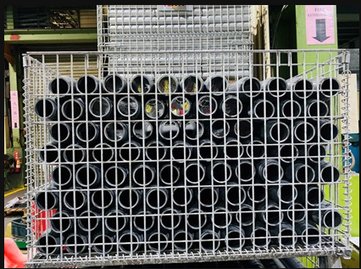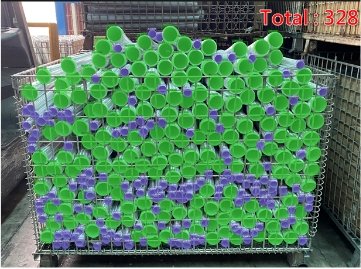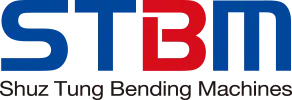
Metal Parts Inventory Management Using AR + AI
Case Overview
Customer: Shuz Tung Machinery
Location: Taiwan
Industry: Manufacturing / Metal Processing
Solution: META-aivi
Objectives:
- Reduce human error during inventory counting
- Increase speed and accuracy of stocktaking
- Streamline inventory data management through MES integration
Results:
- 100% counting accuracy, eliminating human error
- Stocktaking reduced from minutes to seconds per batch, increasing efficiency
- Digital traceability via MES integration, enhancing auditability
Testimonial:
“After using Solomon’s wearable AI, META-aivi, the speed and accuracy when counting metal pipes has greatly improved, saving us time, costs, and enhancing operational efficiency.”
— Director, Mechanical & Electronics Department, Shuz Tung Machinery
The Customer
Shuz Tung Machinery is a leading manufacturer of automation equipment and high-precision OEM components, specializing in metal fabrication.
The Challenge
Manual Counting Limitations in High-Volume Stocktaking
Shuz Tung manages a large inventory of industrial components, including steel pipes and machinery parts with complex geometries—varying shapes, wall thicknesses, and tolerances. Manual counting was slow, labor-intensive, and prone to error, particularly when distinguishing closely sized components. Traditional counting methods could not handle these material complexities, leading to inventory inaccuracies and reduced operational efficiency.
The Solution
AR + AI Automated Counting
Shuz Tung deployed META-aivi, Solomon’s unique AR + AI vision system, to automate counting and classification of metal pipes. Using deep learning and machine vision, META-aivi detects subtle dimensional differences—such as closely sized pipe diameters or varying wall thicknesses—that manual inspection cannot. Operators using AR glasses or tablets see real-time results overlaid on the physical inventory, enabling instant verification and quality control. All inspection data is uploaded to the MES (manufacturing execution system), creating a digital traceability chain that links inventory counts directly to production and logistics workflows, improving efficiency and reducing stocktaking errors.


